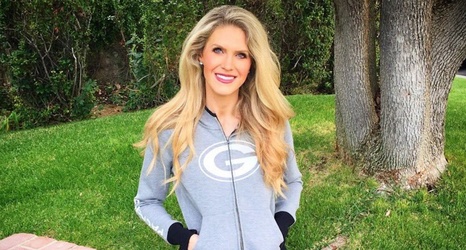This study was actually carried out to measure the Tinder socio-economic prospects for men in line with the pe r centage of girls that may a€?likea€? all of them. It had been determined that bottom part 80% of males (in terms of attractiveness) are fighting your base 22per cent of women in addition to best 78% of females include contending when it comes down to leading 20per cent of males. The Gini coefficient when it comes down to Tinder economic climate based on a€?likea€? proportions is calculated are 0.58. Which means the Tinder economic climate have additional inequality than 95.1per cent of all the planet’s national economic climates. In addition to that, it had been determined that a person of ordinary attractiveness could well be a€?likeda€? by more or less 0.87% (1 in 115) of females on Tinder. Furthermore, a formula had been derived to calculate a person’s appeal levels in line with the amount of a€?likesa€? the guy gets on Tinder:
The greater amount of a€?likesa€? you get the greater wide range you’ve got within the Tinder environment
I needed to understand this trend in more quantitative terminology (furthermore, I like pretty graphs). To achieve this, I made the decision to deal with Tinder as an economy and examine it an economist (socio-economist) would. Since I was not getting any hot Tinder times I had enough time to complete the math (which means you do not need to).
1st, let us define the Tinder economic climate. The insightful an economy is actually quantified when it comes its currency. In most of the world the money try revenue (or goats). In Tinder the currency is actually a€?likesa€?.
Wide range in Tinder is certainly not distributed just as. Appealing dudes have significantly more wealth during the Tinder economy (find out more a€?likesa€?) than ugly guys create. This isn’t shocking since a big portion of the environment will be based upon physical appearance. An unequal wide range circulation is usually to be forecast, but there is a fascinating concern: What is the level of this unequal wealth distribution and exactly how performs this inequality compare to more economic climates? To respond to that concern the audience is 1st going to need some data (and a nerd to assess it).
Tinder doesn’t supply any reports or analytics about representative usage so I must collect this facts myself. The most crucial facts I had to develop is the percent of men that these girls tended to a€?likea€?. We collected this information by choosing females who’d a€?likeda€? a fake Tinder visibility I created. I inquired all of them each a number of questions relating to her Tinder usage as they planning these were talking-to a stylish male who was contemplating them. Lying in that way are ethically shady at the best (and very entertaining), but, regrettably I experienced no alternative way to get the necessary data.
In my earlier article we discovered that in Tinder there is certainly an impact in the quantity of a€?likesa€? a nice-looking guy obtains versus an unattractive man (duh)
At this stage I would become remiss to not point out a number of caveats about these  information. Initial, the trial size is little (just 27 girls happened to be questioned). Second, all data is self reported. The women who responded to my personal concerns could have lied towards percentage of dudes they a€?likea€? to be able to inspire myself (phony super hot Tinder myself) or render by themselves seems considerably discerning. This home stating opinion will definitely establish error in to the research, but there is facts to recommend the information I obtained involve some quality. For example, a recently available ny Times post stated that in an experiment girls an average of swiped a 14percent a€?likea€? speed. This compares change positively with all the data I compiled that presents a 12per cent medium a€?likea€? rates.
information. Initial, the trial size is little (just 27 girls happened to be questioned). Second, all data is self reported. The women who responded to my personal concerns could have lied towards percentage of dudes they a€?likea€? to be able to inspire myself (phony super hot Tinder myself) or render by themselves seems considerably discerning. This home stating opinion will definitely establish error in to the research, but there is facts to recommend the information I obtained involve some quality. For example, a recently available ny Times post stated that in an experiment girls an average of swiped a 14percent a€?likea€? speed. This compares change positively with all the data I compiled that presents a 12per cent medium a€?likea€? rates.

